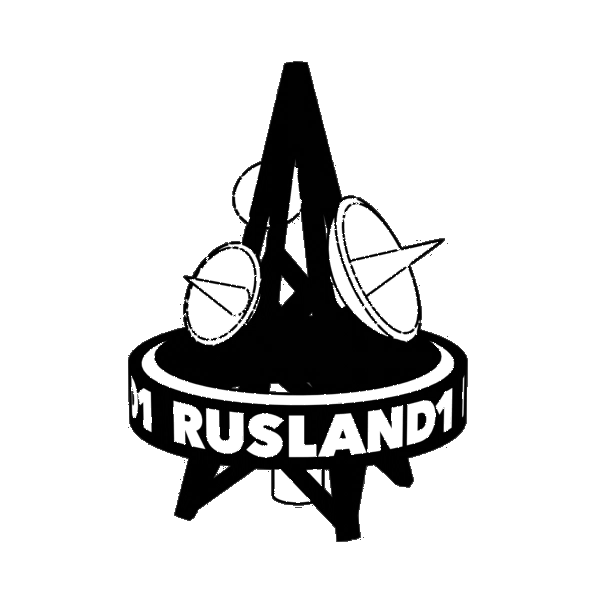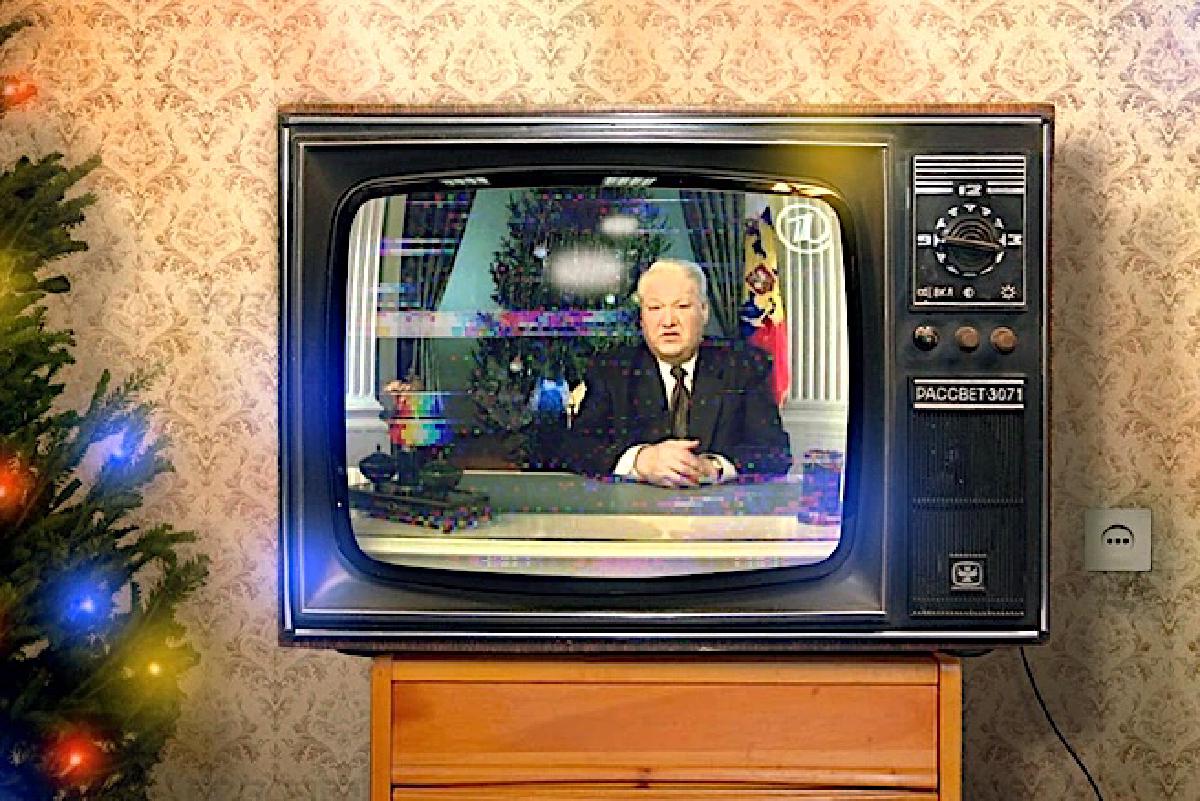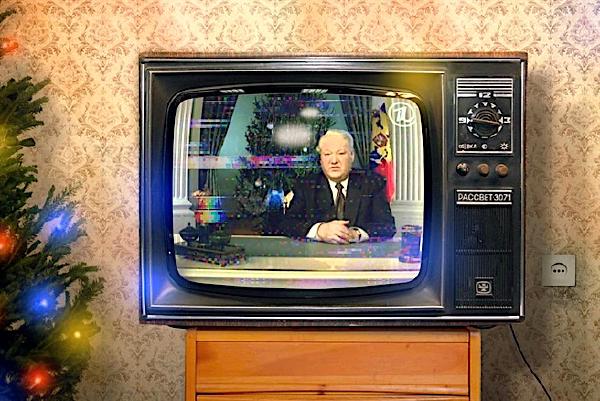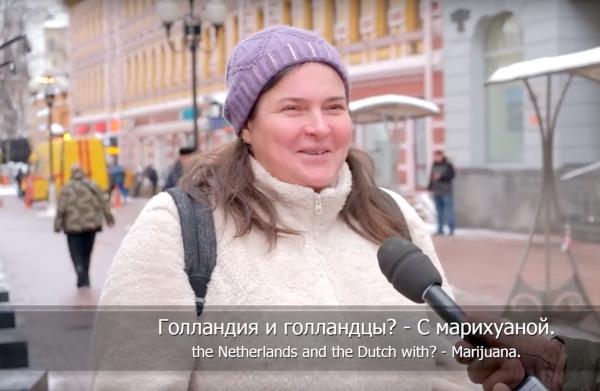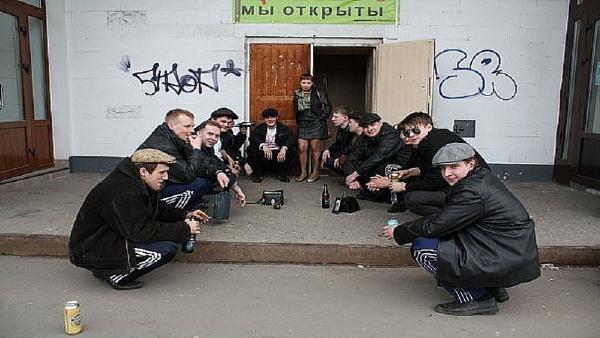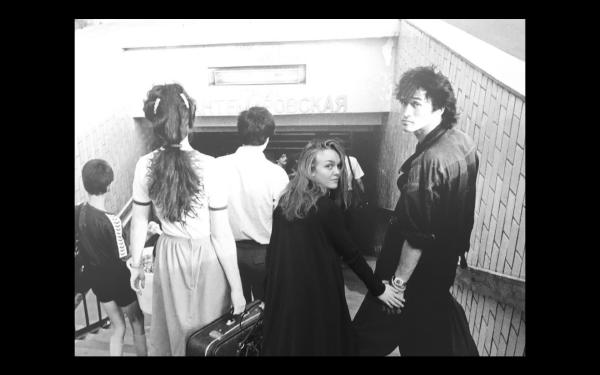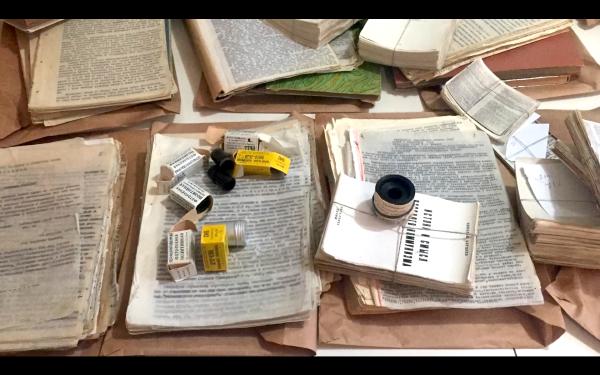Boris Nikolayevich Yeltsin (1931-2007)
The end of this month marks the 25th anniversary of the resignation of Boris Yeltsin (1931-2007) as President of Russia. It also marks the beginning of a quarter century of Putin.
President (one of two)
Yeltsin began his political career in the Communist Party, which he later became a vocal critic of. He was elected president of the Russian Federation on June 12, 1991, while the Soviet Union still existed and also had a president: Mikhail Gorbachev.
1991: Yeltsin on a Tank
In August 1991, a coup attempt took place, and Gorbachev was placed under house arrest. Yeltsin took leadership of the resistance against the coup plotters, and (equally or more important) became the face of that resistance. Boris standing atop a tank outside the White House in Moscow.
See
- The 1991 coup attempt that the Soviet president barely survived (Washington Post, 2022)
- Russia’s Brightest Moment: The 1991 Coup That Failed (Moscow Times, 2016)
- Moscow 1991: A coup that seemed doomed from the start (BBC, 2011)
- Moscow coup 1991: With Boris Yeltsin on the tank (BBC, 2011)
- 1991 Soviet coup attempt (Wikipedia)
The Soviet Coup: Day One, August 19th 1991
Simon Marks, 2011, 9 m
First Post-Soviet President
At the end of that same year, Gorbachev stepped aside (December 25), the Soviet Union dissolved, and Борис Николаевич Ельцин, from the village of Butka, became the first Post-Soviet President.
1993: Shooting with a Tank
A power struggle between Yeltsin and the parliament (then the Supreme Soviet) escalated into a crisis and violence in October 1993. In March, the parliament, led by Ruslan Khasbulatov, attempted to impeach Yeltsin; Yeltsin, in turn, announced in September that he was dissolving the parliament and would call for new elections, constitution or not. Parliament declared Yeltsin impeached, and appointed Alexander Rutskoy as acting president.
On October 3, clashes broke out in Moscow between pro-parliament demonstrators and troops loyal to Yeltsin. On October 4, Yeltsin ordered the military to storm the White House, where the parliament was holed up. If standing on a tank didn’t make some impression already, having a tank fire surely did.
See
- 30 years ago, the Kremlin crushed a parliamentary uprising, leading to strong presidential rule (AP News, 2023)
- A dividing issue, 20 years on: Russia’s 1993 constitutional crisis (Russia Beyond, 2013)
- Yeltsin Under Siege – The October 1993 Constitutional Crisis (ADST.org)
- 1993 Russian constitutional crisis (Wikipedia)
Watch
- 25 Years Ago: The Day The Russian White House Was Shelled (RFE, 2 m)
- Russia: Yeltin’s Stormy Relationship With Congress, White House Occupation (AP Archive, 4 m)
- The Coup That Killed The USSR (RFE, 4 m)
- Russia: Moscow: Protesters Mark 1993 White House Siege (AP Archive, 2 m)
More footage and with music in both this Перемен! by Кино, as in Линия жизни by Сплин.
Russia’s Black October of 1993 | Who Needs Democracy When You Have Tanks?
(Setarko, 2023, 24 m)
1994: Unstable
While the country was searching for lasting stability, the president seemed to lose his— usually after having had a drink, or more than one. Even on state visits, including in Washington. And in Iceland, he appeared missing (1994).
With a weak economy, rampant corruption, and high crime rates, a drunk president was the last thing the country needed. It did, however, provide plenty of laughs— like the footage with Bill Clinton and a dancing Yeltsin.
Watch
- President Clinton and Boris Yeltsin laugh attack (AP Archive, 8 m)
- Boris Yeltsin dancing (AP Archive, 2 m)
- Best of drunk Boris Yeltsin
- Boris Yeltsin’s finest moments
1999: Stepping Aside
On New Year’s Eve 1999, Yeltsin surprised everyone with a speech announcing his resignation. “Я ухожу. Я сделал все, что мог” – I am leaving. I have done all I could. “Лучшее решение для России – иметь нового президента” - the best decision for Russia is to have a new president. He handed over power to a then-little-known politician: Vladimir Putin.
See (EN/RU)
- How Boris Yeltsin, Russia’s first president, resigned (Russia Beyond, 2019)
- Yeltsin Resigns (New York Times)
- Yeltsin Resigns Russian Presidency, Turns Over Powers to Prime Minister (Wall Street Journal)
- Analysis - Yeltsin Resignation Fits Legacy (Rferl.org)
- «Я ухожу, прошу у вас прощения» Ельцин отказывается от власти (RIA)
- «Я устал, я ухожу»: 20 лет фразе, которую Ельцин никогда не говорил (E1.ru)
- Новогоднее телевизионное обращение президента России Бориса Ельцина к россиянам (Yeltsin.ru)
- Новогоднее обращение Ельцина (Wikipedia)
Yeltsin’s Resignation Speech with English Subtitles
The day Boris Yeltsin said goodbye to Russia
(BBC News, 2017, 4 m)
2007: State Funeral
After stepping down, Yeltsin largely withdrew from public life. He worked on his memoirs ( Midnight Diaries) and spent time with his family. After several years of health issues, he passed away on April 23, 2007, from heart failure at the age of 76.
Yeltsin’s funeral was conducted according to Orthodox Christian traditions, a first in Russia since the Soviet era. The respect he commanded (despite a controversial legacy), was also evident in the attendance of world leaders like George H.W. Bush, Bill Clinton, Helmut Kohl, and Lech Wałęsa.
Boris Yeltsin documentaries
To not end with a funeral, an overview of Boris Yeltsin’s life and career in the following documentaries:
- Boris Yeltsin (Smart History of Russia, 2017, 3 m)
- I Knew Boris Yeltsin - Part 1 (Al Jazeera, 2008, 11 m), also see Part 2 (12 m)
- Борис Ельцин. Прощание с эпохой (Центральное Телевидение, 2020, 33 m)
- Борис Ельцин. Жизнь и судьба 1/2 (Россия 1, 2011, 13 m), also see deel 2 (40 m)
Boris Yeltsin - The Making of a Leader
(2001, 52 m)
More

